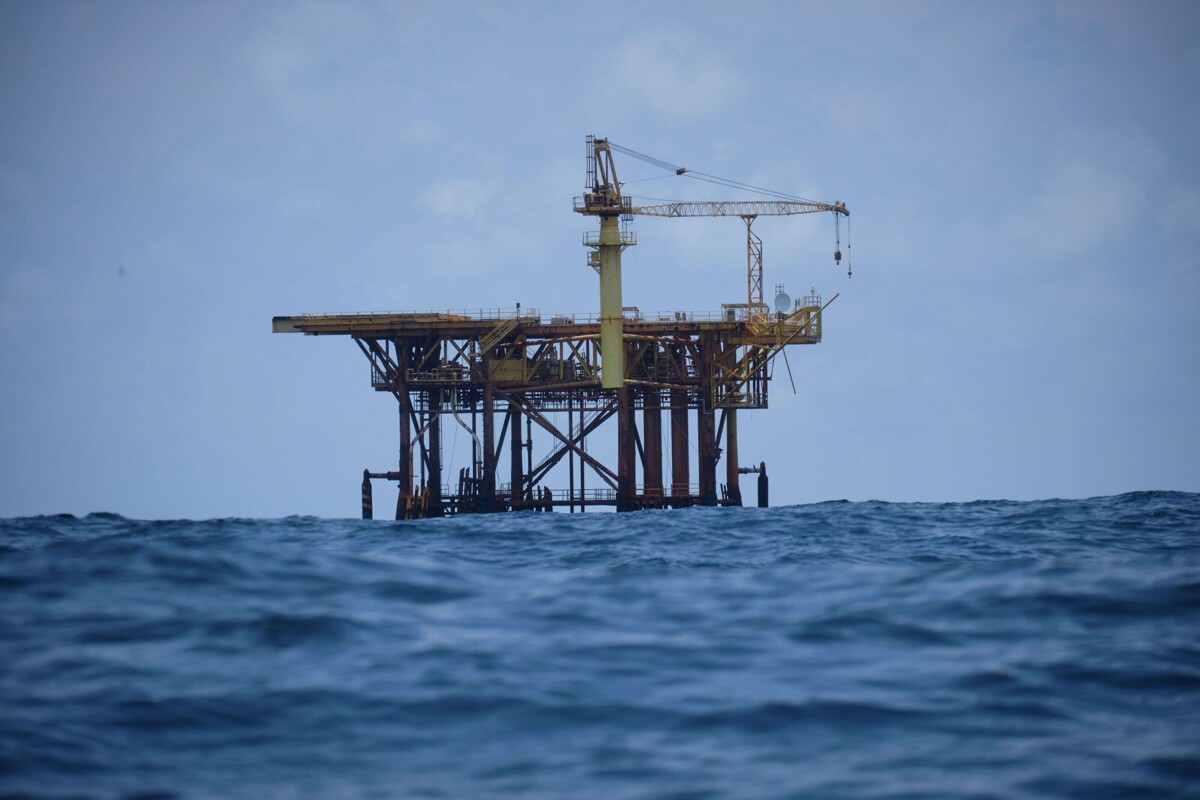
The deep Gulf of Mexico holds vast potential in energy resources, specifically in the Mexican part of the 'Gulf of America', where approximately 24 billion barrels of crude oil equivalents are estimated. This represents half of the total prospective resources of Mexico. Despite these promising figures, exploration and exploitation activities in deep waters in this territory are lagging compared to the North American part of the gulf.
In the U.S. side, more than 55,000 drillings have been conducted, over 75% of which are in deep waters, significantly contributing to the total oil production of the country. On the other hand, it is noteworthy that Mexico has conducted over 300 wells in shallow waters, under 500 meters deep, which is an important source of oil production. Despite having the mechanisms to exploit these resources, the current nationalist policy presents certain challenges in this regard.
A milestone in exploration in the Gulf of Mexico is the Trión field, shared by Pemex and Woodside Energy, which requires significant investment. Although discussions regarding this project have taken place, Mexico currently lacks the necessary resources to face such a large challenge.
The importance of exploitation in the Gulf of Mexico intensifies, especially if Mexico seeks to achieve energy self-sufficiency and reduce crude oil exports. In contrast, the United States has experienced a decrease in oil production. In December, it reached its lowest level since 1978. The extraction of crude oil in the gulf presents an urgent priority, as the available resources are becoming increasingly critical in the current energy landscape.














